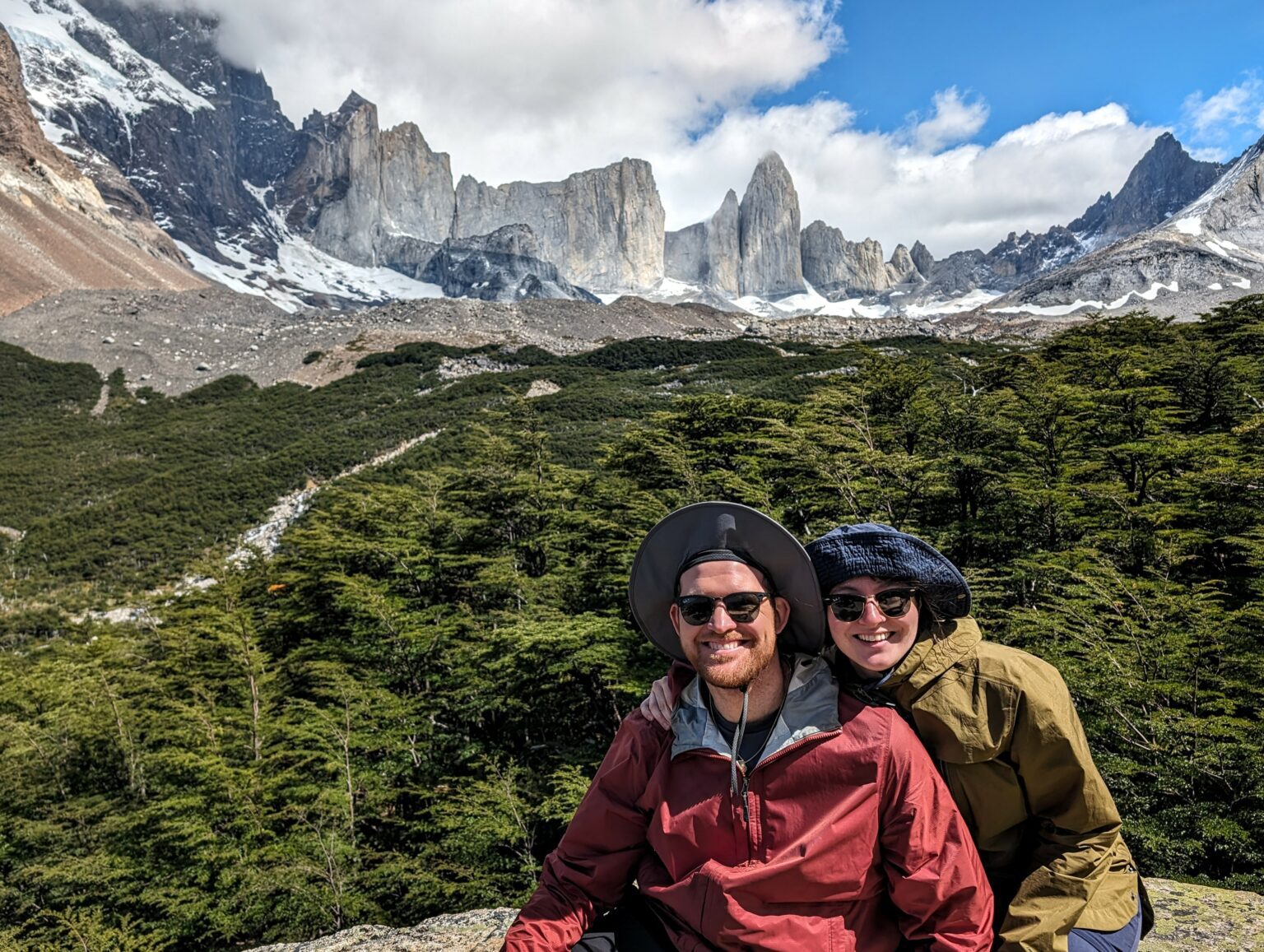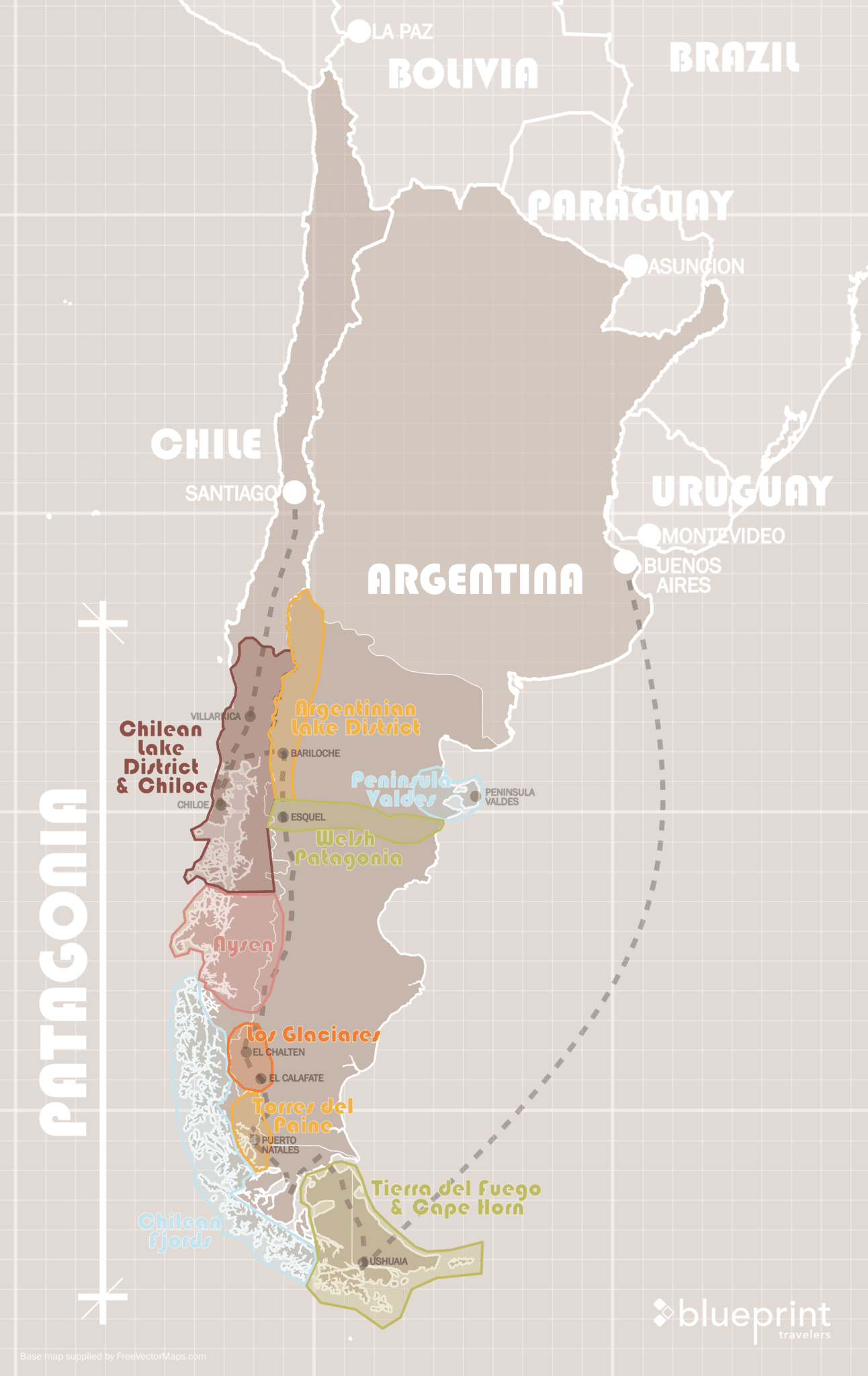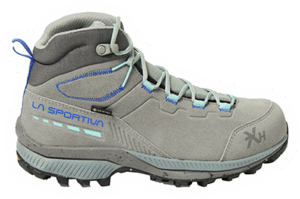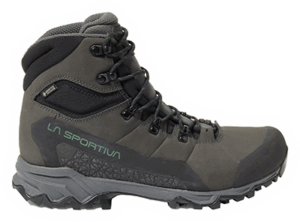Patagonia is an incredible place to explore due to its diversity that ranges from the sea, to the mountains, to the lakes, to the rivers, to the glaciers, to the volcanoes, and much more. However, it can be hard to understand the different regions of Patagonia and how to best plan a visit to this region during the summer. This is a summary about the region based on months traveling in Patagonia so that you have the relevant information to help you make the most of such an emblematic region of South America.
Why Is Patagonia a Dedicated Region in South America
Spanning the south of both Argentina and Chile, this region is unique because it was initially designated as land for the native populations in this area. Because it was challenging to traverse, it was not as desirable to European colonizers. However, as time went on, the countries took over the land, splitting it up along the Andes mountain range between Chile and Argentina. (There are still disputes over the delineation of land between Chile and Argentina over the ice and glacier fields in Southern Patagonia as well as outstanding indigenous land claims to parts of the region.)
And while the landscapes are remarkable and unique, another impressive aspect of the region is the culture. With an indigenous culture that has persisted for longer than in other areas of South America, appreciation for this area intertwines the beautiful and varied landscapes with the indigenous customs that are still integrated in this region’s society today.
If you want to explore Patagonia on your own time, consider renting a car here to discover the vast region.
Traveling to Patagonia for the Food
One strong example of this is in the food preparation in different parts of the region. For example, in the Lakes Region of Chile, a local dish and cooking method is the curanto. A hole is dug into the ground and burning coals are placed at the bottom. Above it, meat, seafood, and vegetables are sandwiched between leaves and the hole is covered with wet sacks to keep in the heat and create a pressure cooker. After several hours, the dish is ready! You can learn more about the curanto cooking method as well as some other traditional foods, including lamb and seafood, from the distinguished chef, Francis Mallmann, in his “Chef’s Table” episode on Netflix.
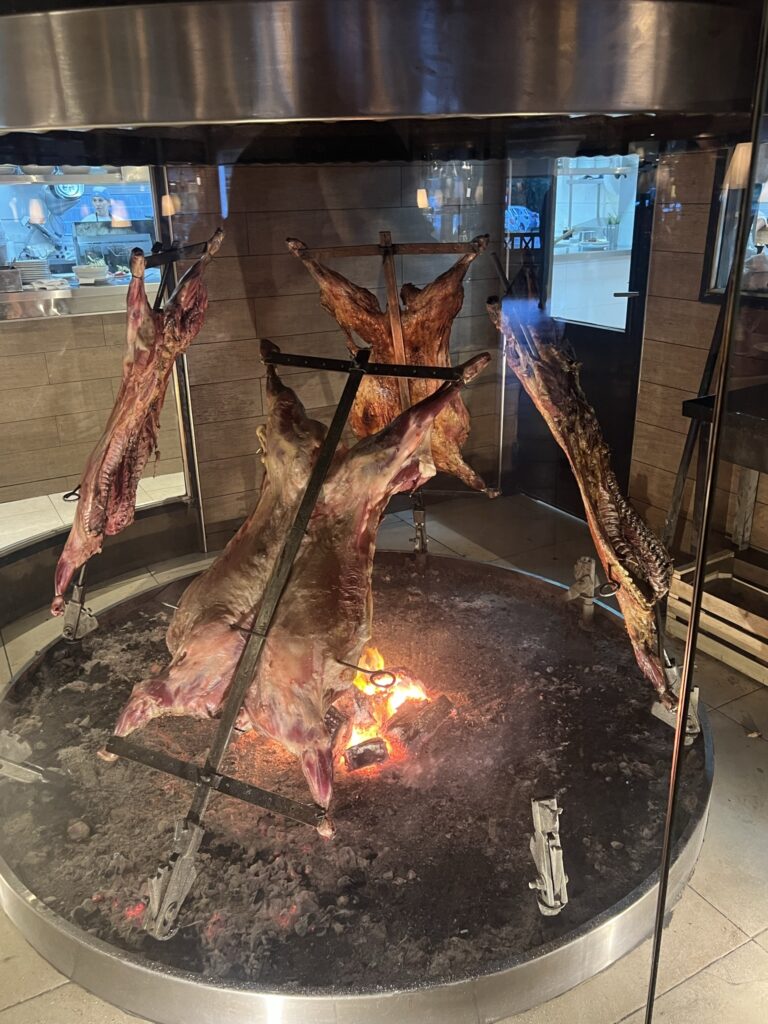
Of course, you can always find an empanada! But the strength of the cuisine highlights the fresh ingredients found locally. For the areas along the coast, these empanadas could be filled with fish or crab, whereas those inland have meat and corn cooked in distinct ways.

In addition, Northern Patagonia in Chile has a strong representation of their indigenous ancestry, apparent in the food and celebrations. For example, in Villarrica, you can find food by the indigenous community by searching for a “Mapuche Restaurant” in Google Maps. The results highlight all the local Chilean restaurants in town with food such as sopapilla or cazuela. The integration in some of these towns is so strong that there is little distinction between Chilean and Mapuche cuisine.
Traveling to Patagonia for the The Activities And Landscapes
The possibilities within the Patagonia landscape are as varied as the landscapes themselves. A center for outdoor activities, you can truly find whatever type of activity you are looking for when traveling to Patagonia, summer and winter alike.
Check out various bus routes through the Patagonia region here.
It is rather easy to travel through Patagonia by bus, many of which are incredibly spacious and comfortable.
Atlantic Patagonia
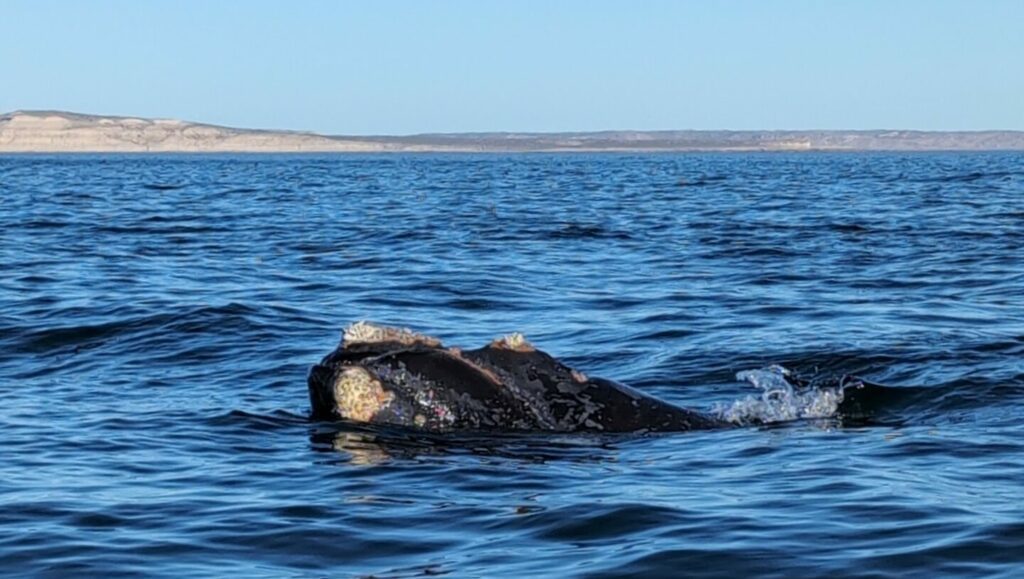
On the Atlantic coast of the Valdes Peninsula (read more here) the magic is in the ocean. While the land is a flat, barren landscape, the ocean and coastline is full of wildlife. If you visit in the right season, you can see whales playing with their babies, walk with penguins, and observe seals basking in the sun on the beach. You might even get lucky and see orcas beach to catch seals, a phenomenon not found anywhere else.
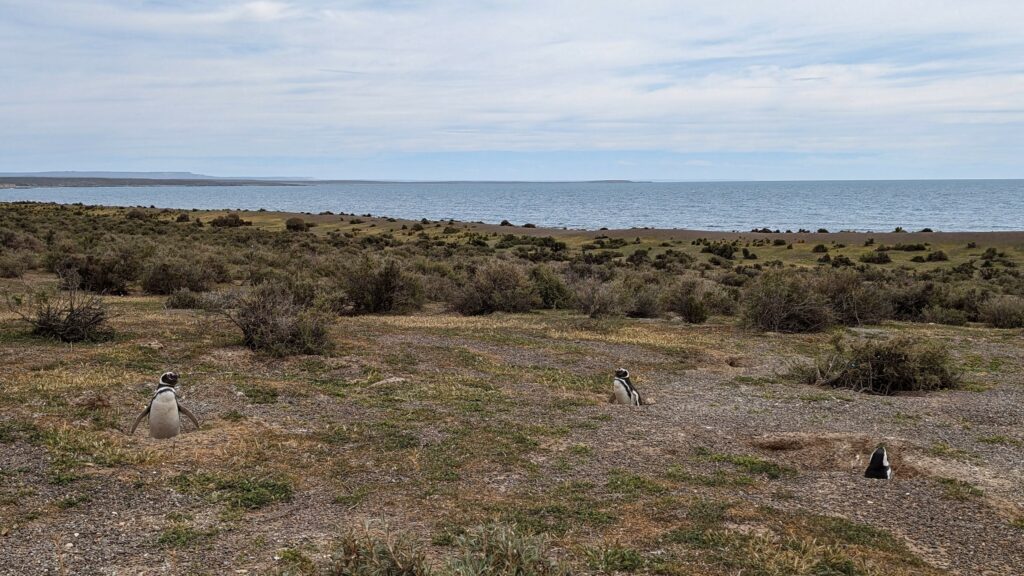
Southern Patagonia

The Southern Patagonia region has a stronger focus on mountain and glacier activities, due to the rugged landscape in this area. Here, there are countless places to go for incredible hikes on land and glaciers in Ushuaia, Torres del Paine, El Calafate, and El Chalten. This area is really driven by tourism, and as a result, caters to the European, United States, and South American tourists that are attracted to these towns and activities.
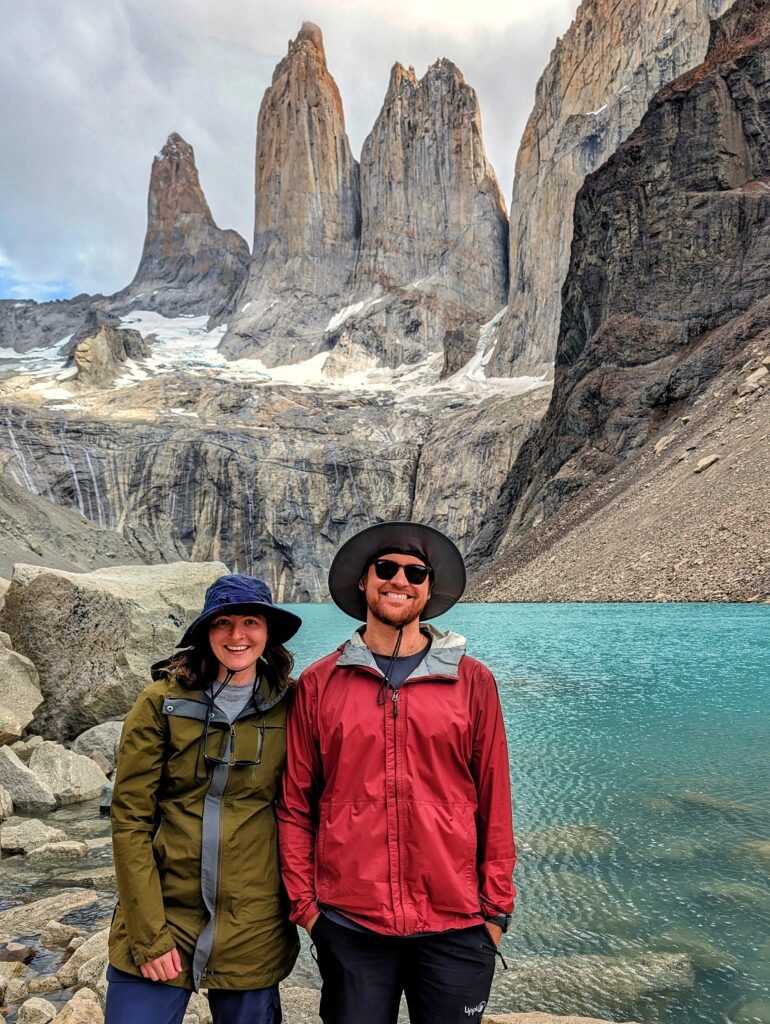
Mountaineering has largely been dominated by the European community and when trying to pursue the Andes Mountains, it was Europeans who primarily traversed the glaciers and climbed the summit of mountains, which is why many of the names of towns and mountains are European. This has flowed into today where many of the people hiking, camping, and climbing in this region are from Europe. However, there is still a significant number of Chilean and Argentines who partake in these amazing activities in their home countries.
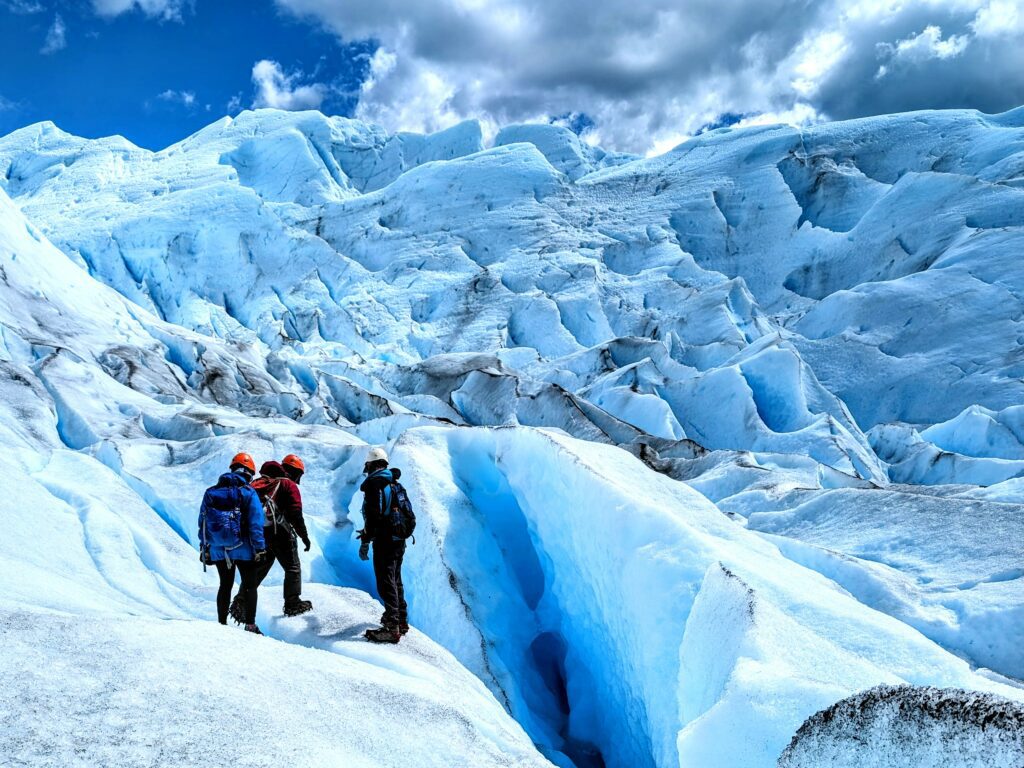
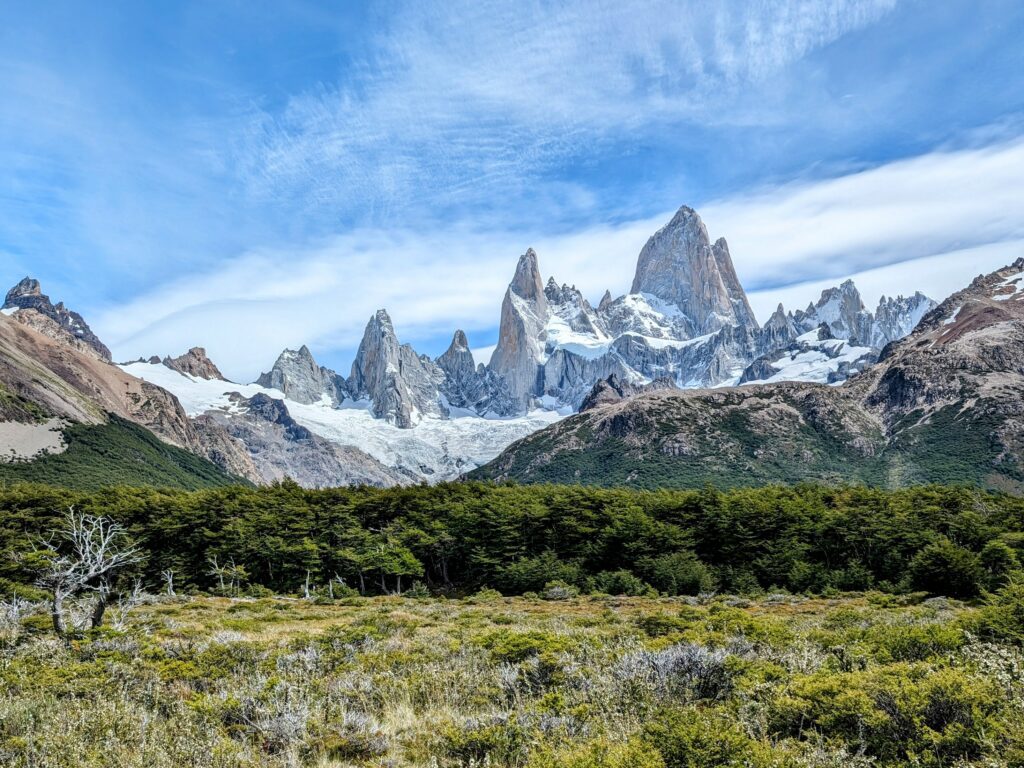
The Blueprint Travelers Hiking Staples
Northern Patagonia

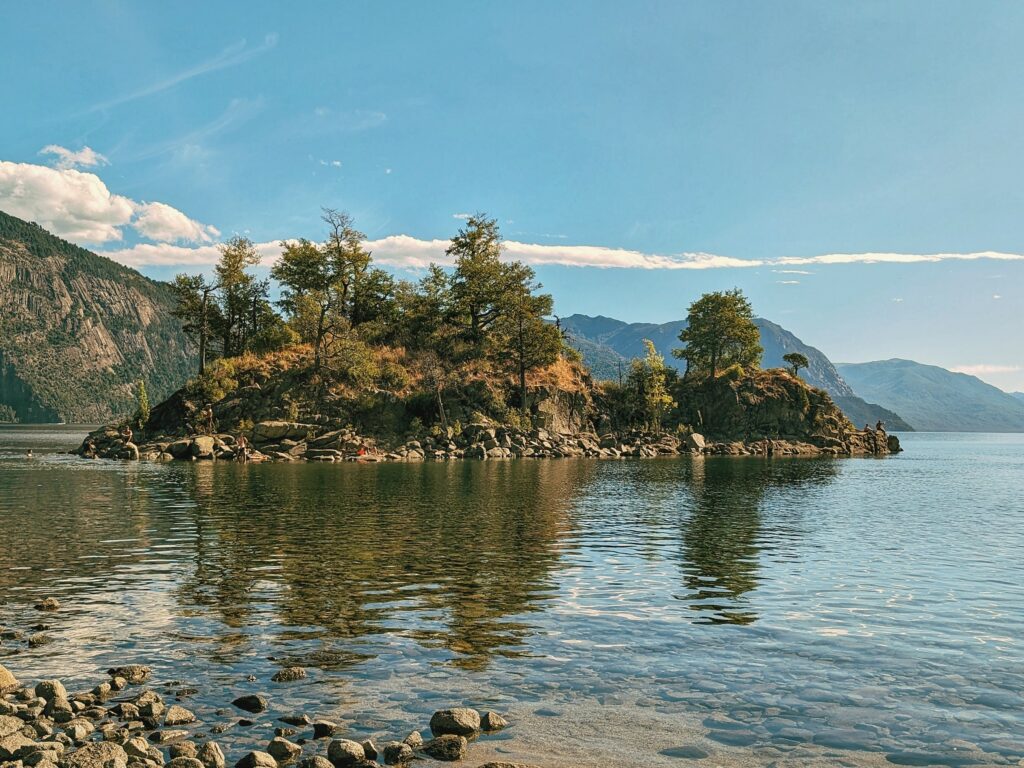
As you consider traveling to Patagonia in the north, the focus pivots from the mountains to the lakes. The activities that you can participate in vary and the tourists it attracts are less concentrated on hiking, although there are still many great trails throughout the area. You will have the opportunity to kayak in various lakes, bike in Bariloche, road trip between lakes, and immerse yourselves in hot springs all within the same area or town sometimes.
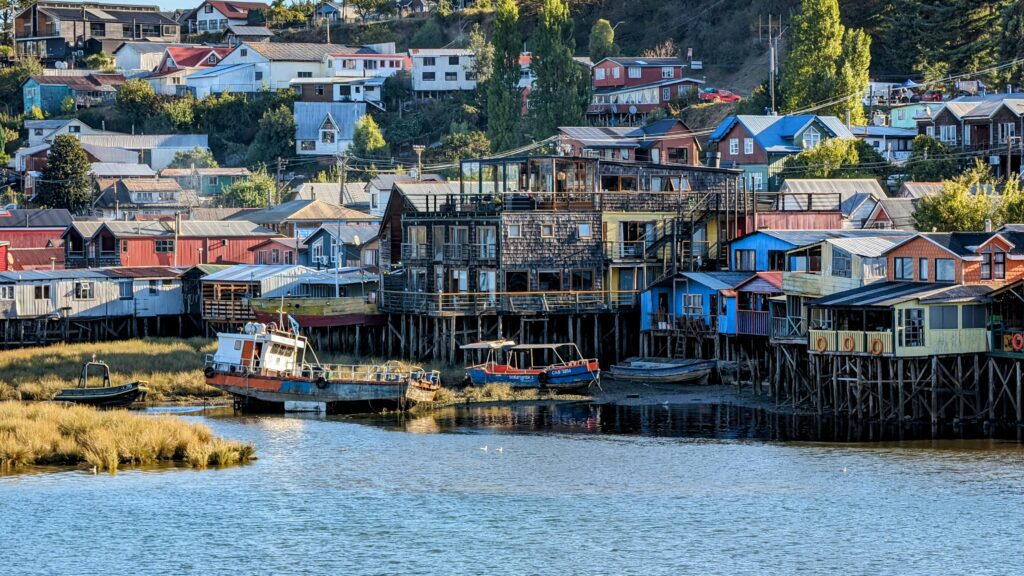

Why Traveling To Patagonia May Require More than A 16 Day Vacation
The more you research the region of Patagonia, the more you will realize that two weeks (the maximum vacation time you typically have in the United States) is just not enough to see all of the highlights of this immense region. Although Blueprint Travelers spent three summer months traveling to Patagonia, there were some places that we could not get to and are excited to return to explore in the near future. In the end, there truly is something for everyone in the area of Patagonia. And while it can be broken down into multiple two-week visits, the magic of the region is the collective of experiences.

